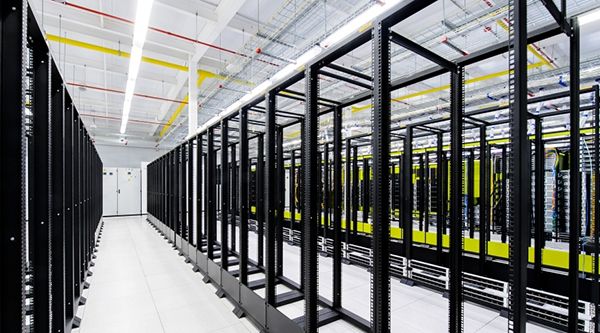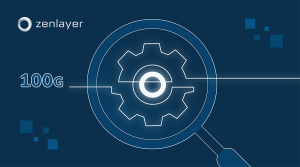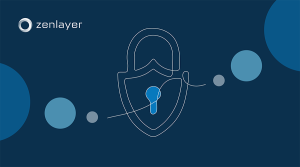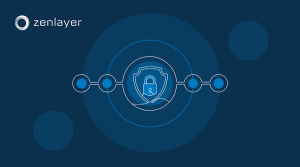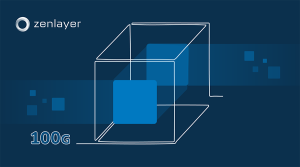What are data center tiers?
Data center tiers are a method devised by the Uptime Institute to evaluate data center infrastructure. The Tier Classification System provides the data center industry with a consistent method to compare typically unique, customized facilities based on expected site infrastructure performance, or uptime.
There are four data center tiers:
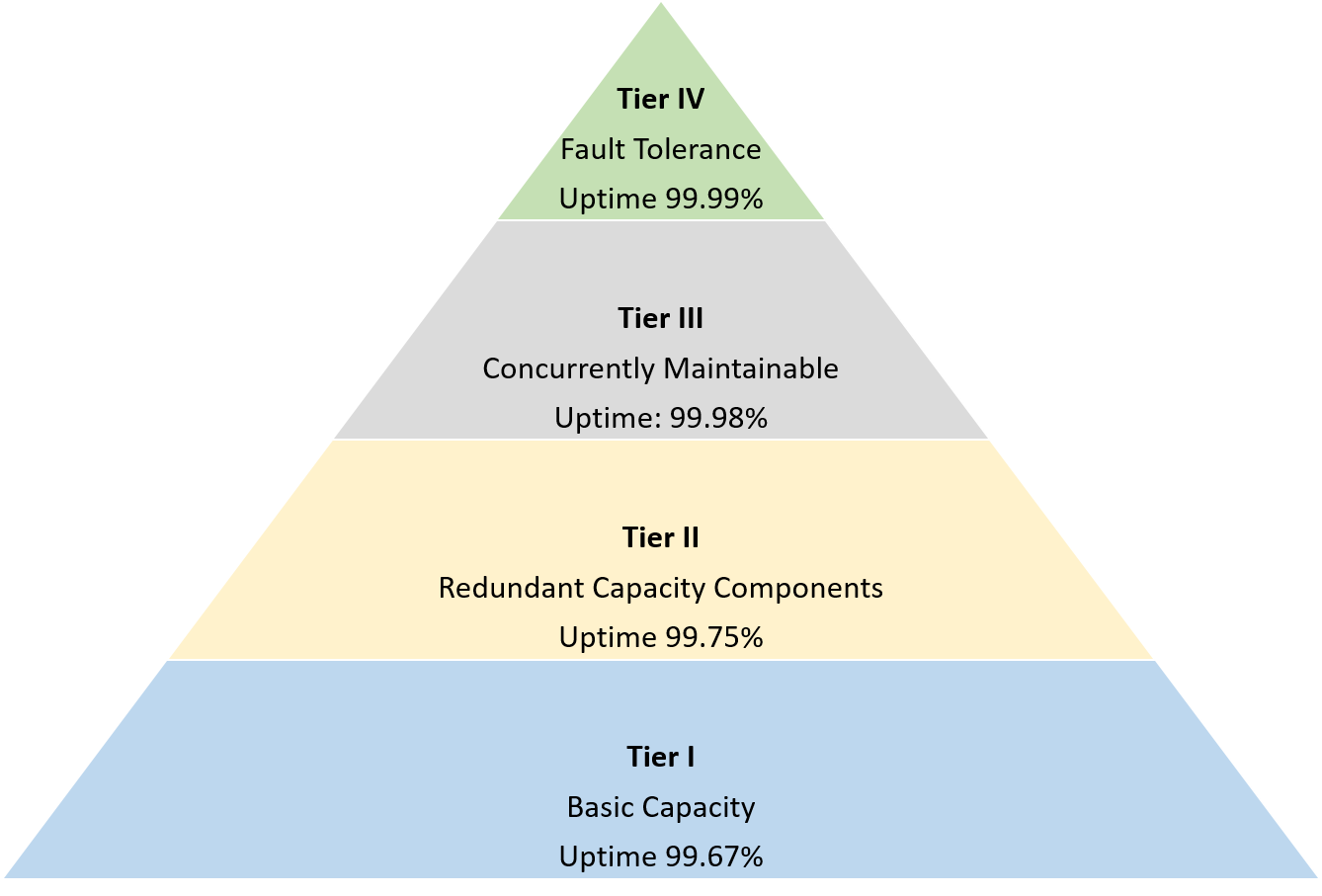
- Tier I: Basic Capacity (Uptime 99.67%, 28.8 hours of annual downtime)
A Tier I data center provides dedicated site infrastructure to support information technology beyond an office setting. Tier I infrastructure includes a dedicated space for IT systems; an uninterruptible power supply (UPS) to filter power spikes, sags, and momentary outages; dedicated cooling equipment that won’t get shut down at the end of normal office hours; and an engine generator to protect IT functions from extended power outages. - Tier II: Redundant Capacity Components (Uptime 99.75%, 22 hours of annual downtime)
Tier II facilities includes all Tier I capabilities and add redundant critical power and cooling components to provide select maintenance opportunities and an increased margin of safety against IT process disruptions that would result from site infrastructure equipment failures. The redundant components include power and cooling equipment such as UPS modules, chillers or pumps, and engine generators. - Tier III: Concurrently Maintainable (Uptime 99.98%, 1.6 hours of annual downtime)
A Tier III data center includes all Tier I and Tier II capabilities, and requires no shutdowns for equipment replacement and maintenance. A redundant delivery path for power and cooling is added to the redundant critical components of Tier II so that each and every component needed to support the IT processing environment can be shut down and maintained without impact on the IT operation. - Tier IV: Fault Tolerance (Uptime 99.99%, 0.8 hours of annual downtime)
Tier IV site infrastructure builds on Tier III, adding the concept of Fault Tolerance to the site infrastructure topology. Fault Tolerance requires all power and cooling components to be 2N fully redundant. If any single power or cooling infrastructure component fails, processing will continue without interruption. IT processing can only be affected if components from two different electrical or cooling paths fail.
Which tier should you choose for your business?
Tier I and Tier II data centers are typically sufficient for businesses that can tolerate occasional server downtime after regular business hours or on weekends. For those businesses that do not need 24/7 uptime, colocating or hosting in a Tier III or Tier IV data center may involve extra investment that is not critical.
However, for multinational companies whose business is run 24/7 around the globe or for companies where any downtime will adversely affect their business (e.g., airlines, SaaS, gaming companies, just to name a few), choosing a Tier III or a Tier IV data center is optimum.
Are you interested in managed hosting or co-location in a data center? The majority of Zenlayer data centers are Tier III or Tier IV. For more information regarding hosting, contact a representative. To instantly spin up a bare metal server in a Tier III or Tier IV data center, visit our Bare Metal Cloud page and request access to our Online Portal.
Reference: Uptime Institute

